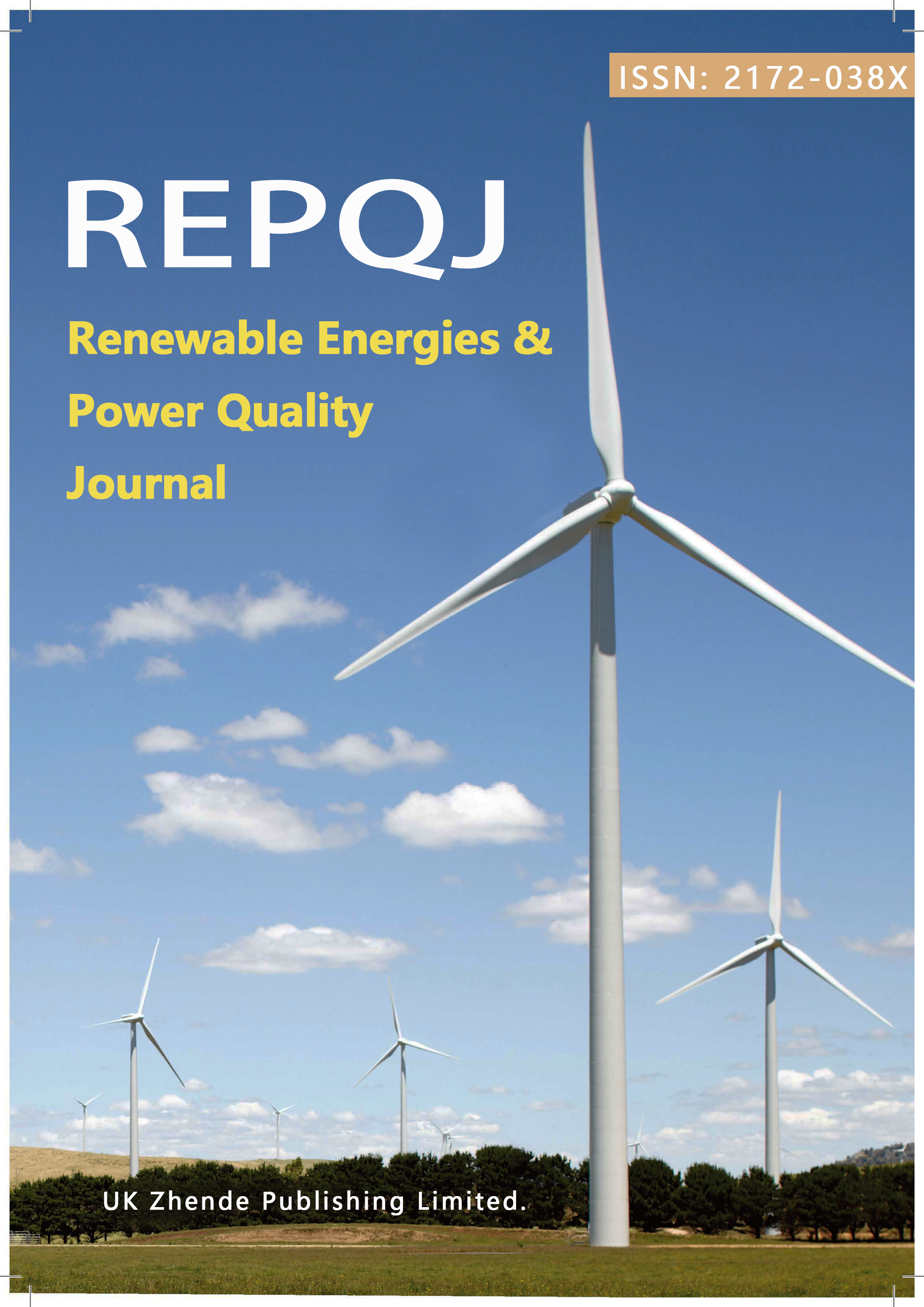Modulating Functions Analysis For Wireless Data Transmission Because Of Advanced Sensors In Energy-Saving Process Of Washing
DOI:
https://doi.org/10.24084/repqj21.453Keywords:
Modulating Function, Wireless data transmission,, Smart sensors, Energy-savingAbstract
The vibration measurement of flows in transient or steady-state is a very complicated task. Moreover, to correlate it with a temperature process is quite important according to get information regarding molecular kinetic energy of thermal sources (such as flow measurement used in cleaning tasks) according to achieve heating transfer information of a thermal process. However, there is a trouble concerning the transduction stage in the measurement while it is not a transducer designed algorithm as a consequence of a mathematical model, which correlates the calibration data with the theoretical model of the heating/vibration transfer. For this reason, in this research is proposed intelligent sensors/transducers, which are based on Anodic Aluminium Oxide (AAO) and a mathematical procedure of the measurement instrumentation according to adaptive coefficients in the Modulating Functions strategies analysis and getting optimal measurements. In this research is explained and analysed the temperature measurement process and the transduction process as the strict correlation of the calibration of the temperature/vibration sensor. For this reason, there were evaluated different transducers and the temperature/vibration reference for the calibration. The based on nanostructures temperature sensors are designed by specific and complex procedures according to achieve quite operation range, robustness and precision. Moreover, the transduction can be obtained through different electrical answer variables such as voltage, electrical current or capacitance and possible to send by wireless mechanisms and protocols to the main control system. Therefore, the evaluation of the designed advanced sensor performance was achieved by the vibration and temperature measurement of the water surface of a ultrasound washing machine, for which the designed sensor enhances energy-saving of the washing process.











